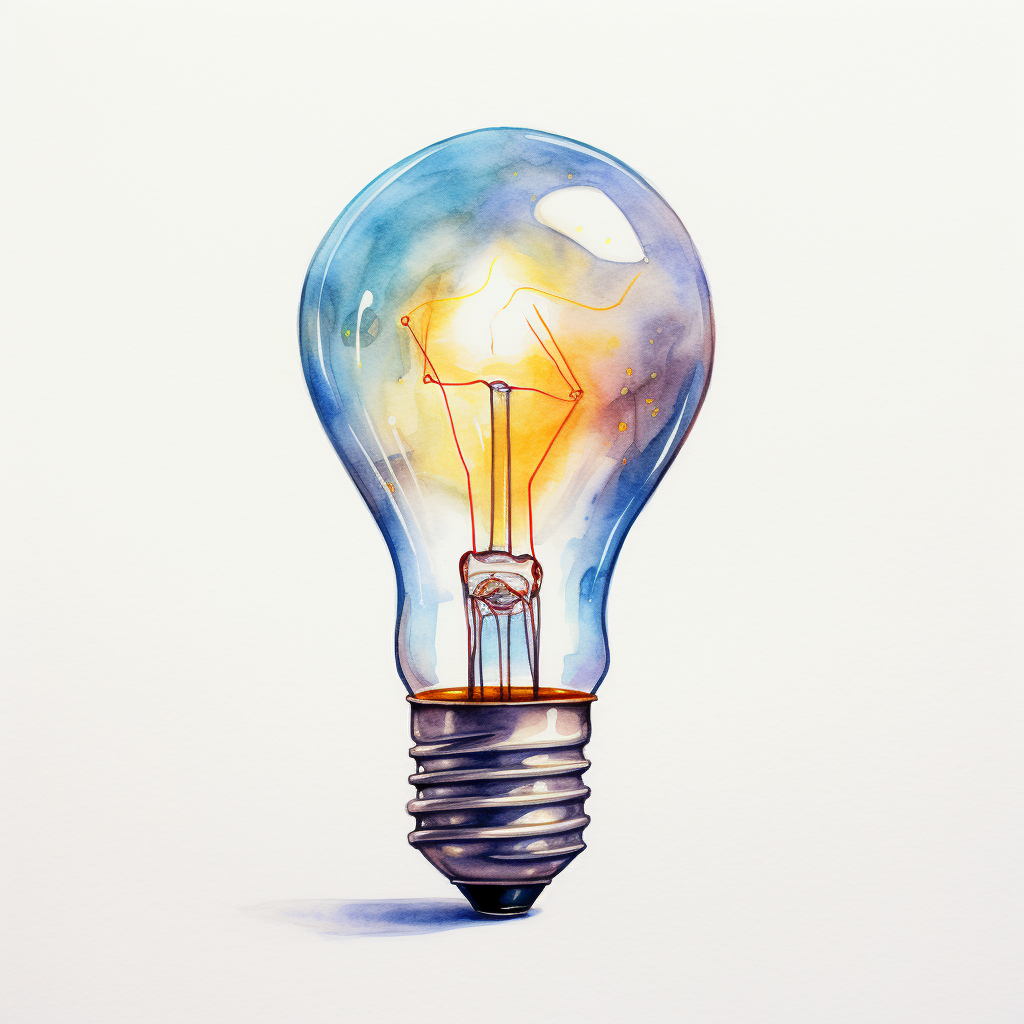Light, often considered the essence of cinema, serves as a powerful and transformative tool in the hands of filmmakers. From the soft glow of a romantic scene to the stark shadows of a suspenseful thriller, the use of light in movies is a nuanced and deliberate art form that shapes the visual language and emotional impact of a film. This essay explores the multifaceted role of light in cinema, examining its ability to convey mood, enhance storytelling, and elevate the overall cinematic experience.
- Mood and Atmosphere: Light plays a pivotal role in establishing the mood and atmosphere of a film. The choice between natural and artificial light, as well as the color temperature of the light source, can profoundly influence the emotional tone of a scene. Warm, golden hues might evoke a sense of nostalgia or intimacy, while cool, blue tones can create a feeling of isolation or suspense. Directors strategically use light to immerse audiences in the intended emotional landscape, enhancing the overall impact of the narrative.
- Characterization and Symbolism: Filmmakers utilize light to visually characterize and symbolize elements within a story. The way light falls on characters can emphasize their features, convey their emotional state, or even provide insights into their personalities. Symbolically, light and shadow can represent moral dichotomies, inner conflicts, or the passage of time. The interplay of light and darkness becomes a visual language, conveying subtle nuances that contribute to the depth and complexity of the characters and their journeys.
- Visual Composition and Aesthetics: The aesthetic choices regarding lighting contribute significantly to the visual composition of a film. Cinematographers meticulously plan the placement and intensity of lights to create visually stunning and compositionally balanced frames. The interplay of light and shadows enhances textures, reveals details, and guides the viewer’s focus within a scene. Whether employing high-key lighting for a bright, cheerful atmosphere or low-key lighting for a mysterious, dramatic effect, filmmakers use light as a painter uses a brush, crafting visual masterpieces on the cinematic canvas.
- Narrative Emphasis and Focus: Controlled lighting directs the viewer’s attention and emphasizes specific elements within a frame. Through techniques like spotlighting or chiaroscuro lighting, filmmakers draw focus to pivotal characters, objects, or moments, subtly guiding the audience’s interpretation of the narrative. This intentional use of light contributes to the pacing and rhythm of a film, ensuring that the viewer remains engaged and attuned to the filmmaker’s storytelling priorities.
- Temporal and Spatial Dynamics: The manipulation of light allows filmmakers to depict different times of day, seasons, or even alternate realities within a film. Whether simulating the warm glow of a sunset or the cool ambiance of a moonlit night, light becomes a temporal device that aids in the construction of the film’s world. Moreover, the strategic use of light in spatial dimensions can shape the perception of depth, scale, and dimensionality, creating immersive and visually dynamic cinematic experiences.
- Cinematographic Innovation: Advancements in technology have expanded the possibilities for using light in film. From the introduction of color cinematography to the evolution of advanced lighting techniques, filmmakers continually push the boundaries of innovation. The advent of LED lighting, for example, offers greater flexibility and efficiency in achieving desired effects, providing filmmakers with new tools to enhance their storytelling.
In the realm of cinema, light stands as an indispensable storyteller, shaping narratives, characters, and atmospheres with its subtle yet profound influence. The deliberate and artistic use of light in movies elevates the medium beyond mere visual spectacle, allowing filmmakers to communicate emotions, symbolism, and thematic depth. As technology continues to evolve, cinematographers and directors will undoubtedly find new ways to harness the power of light, ensuring that it remains a cornerstone of cinematic artistry for generations to come.
